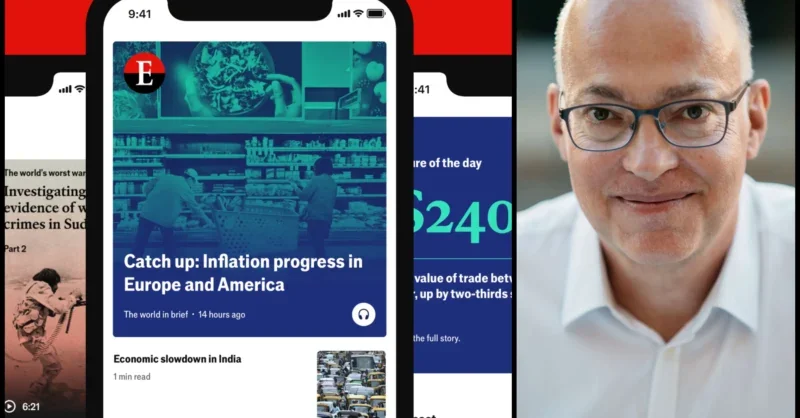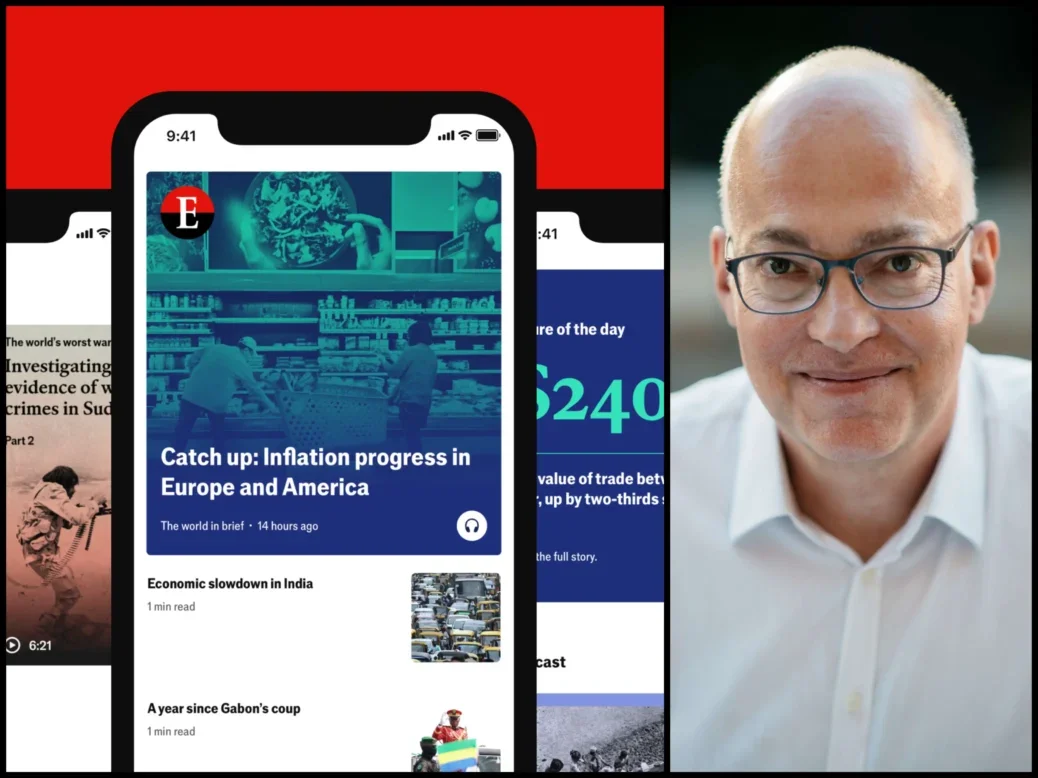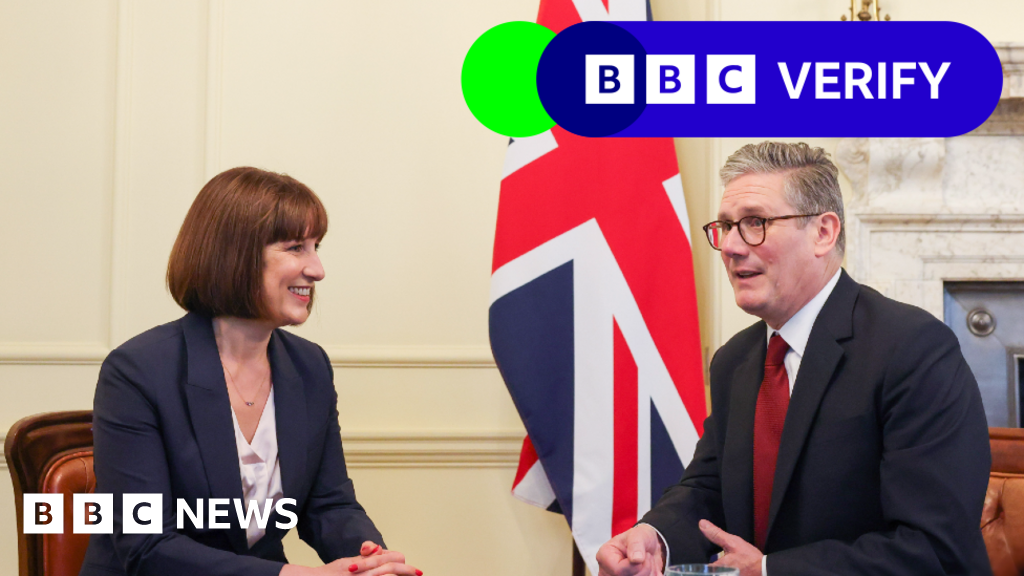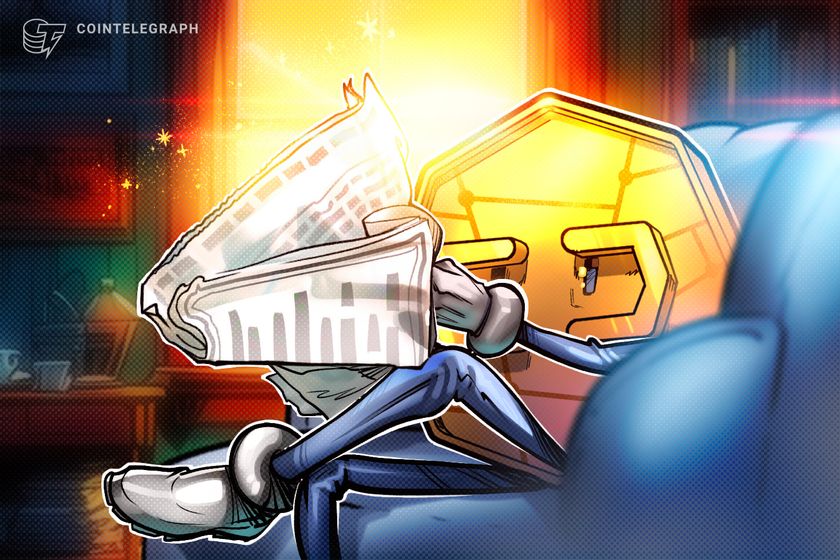Mansa Musa:
Welcome to this edition of Rattling the Bars. I’m your host, Mansa Musa.
In America, the prison industrial complex has monetized every aspect of imprisonment. Every aspect of imprisonment is monetized to the extent that everybody that’s incarcerated is, not only serving time, but have to pay for the time that they’re serving. So much so that some places they actually pay for to live to stay in prison.
And they’re being told that, if you got a job, a percentage of your money, it’s going towards us. Not going towards the home in an event that a prisoner’s released. But to home and go back into the state’s coffer. Joining me today is Michael Johnson, a policy analyst that’s going to talk about a report that he did called The Hidden Cost of Prison. Welcome, Mike.
Michael Johnson:
How you doing, Mansa?
Mansa Musa:
I’m good. Hey, introduce yourself. Tell our audience who you are and what you do.
Michael Johnson:
So my name is Michael Johnson. I’m a senior policy analyst at DC Fiscal Policy Institute. And my work really focuses on examining the cost particularly of jail and prison. And we focus mainly on DC, but we know this issue is something that affects people across the country. So that’s a little bit about me. And currently, sorry for the noise in the background and everything. I’m at a policy conference in Atlanta right now, but good to be here.
Mansa Musa:
Okay. And thank you for coming on and joining us. As I said in the beginning, you wrote this report called The Hidden Cost of Prisons. Now, we know that. And I served 48 years prior to being released. When I first went into the system, a lot of the infrastructure or the prison that I was in was funded and financed by the state. The food came from the state, the medical was state, the clothing was state. The entire infrastructure of the Maryland prison system was basically state.
So the money that was being used to maintain the prison industrial complex during that time was state funded. Since that time, I’ve noticed that, as the years went on, when they allowed telephones in, they was private. The medical facilities, they became private. The commissary, it became private. The clothing, it became private. All right, before we peel back on some of the layers. Was you able to glean from your research the extent of how prison has become monetized in terms of the infrastructure?
Michael Johnson:
So we were able to definitely get a good sense of that. And so, my report focuses on DC specifically. So we looked at the budget and funding for the DC jail, in particular. And one of the things that came out of the report is exactly what you’re talking about is this privatization of so many services that go into the prison and jail system. From the phone systems, like you mentioned, which are private. And folks pay 8 cents per minute, which is just about a $1.20 cents for a 15-minute phone call.
And then, commissary as well. Those are all things that folks while they’re incarcerated have to pay in addition to paying for any fines that you’re imposed at the time you’re sentenced. But also, just being able to live day-to-day. It’s one of those things where it’s really so unaffordable that a lot of times people have to ask for support from their families.
Mansa Musa:
Right.
Michael Johnson:
From their relatives, communities. And that’s something that I personally experienced with my father being incarcerated for most of my life and having to send him money every now and again.
Mansa Musa:
Right.
Michael Johnson:
Pay to even email them through JPay, and that was as a teenager. So we think about all the different costs that goes into the jail and prison system. And it’s not just impacting the folks that are incarcerated. It’s really impacting, especially the families of folks incarcerated.
Mansa Musa:
Right. And let’s talk about, because like you say, this report primarily focus on DC jail. But this report really is a overview of how all prisons and jails are ranked relative to the monetization of it. So we don’t want our audience to think that, because we’re talking about DC jail, every aspect of the DC jail is also Cook County, also in Alabama, also in upstate Washington, any other Southern detention centers.
The same principle applies. The privatization of the infrastructure, be it medical, be it food, be it clothing. And I said early, housing. But let’s talk about the DC jail. And I want to reflect on this aspect of it. Okay. The jail is primarily funded by… The money for the jails, it comes out of the DC budget. And they allocate so much money each year towards the maintenance and the running of the jail. Is that correct?
Michael Johnson:
Yes, sir.
Mansa Musa:
All right. So then from what you was able to gather, how is it that they transfer the cost of telephone, the cost of medical, and the cost of commissary to the individuals that’s incarcerated when the money’s already being… Why is it not the reverse? I know these companies got to be paying the jail. So why is it the cost being transferred to the individual? If you have any insight on that.
Michael Johnson:
You know, the fact of the matter is, is really about pushing those costs onto the people incarcerated themselves. And like you said, it’s not just DC. But we have the system where it’s intentionally exploiting and extracting resources, particularly from, when we think about the prison and jail population, Black people primarily, especially within DC.
Mansa Musa:
Right.
Michael Johnson:
And it really goes into our perceptions of what people deserve, I believe.
Mansa Musa:
Right.
Michael Johnson:
I think there’s this narrative across the country that, for the folks that are incarcerated, they should be paying for everything. But at the same time, we’re not paying living wages. We’re paying folks a $1, $2 a day.
Mansa Musa:
Right. Right.
Michael Johnson:
Or in some states like Louisiana not paying them anything at all for working.
Mansa Musa:
Right.
Michael Johnson:
And so, a lot of it, to be honest, is just continuing from the legacy of slavery.
Mansa Musa:
That’s right.
Michael Johnson:
You know, we set this country up in a way where this country was founded from exploiting Black labor, exploiting Black resources. And so, it’s just a continuation of that. And we saw that throughout the 20th century with Black Codes, where we would create laws to just fine people for really, not even serious offenses, just to get them into jails and prisons. In that sense, we’re funneling people to make money from them.
Mansa Musa:
Right.
Michael Johnson:
Because at the end of the day, folks are going into jails and prisons and working for companies to make money for those companies.
Mansa Musa:
Right.
Michael Johnson:
And so, a lot of it is about exploitation of Black labor, Black resources that has really been at the foundation of the country.
Mansa Musa:
And let’s talk about the fine system, because I think that’s one, when you look at the detention centers and when you look at the overall prison industrial complex, the fine system is one of the most damaging aspects of the collateral aspect of it because in some situations, you can opt out. I can opt out from commissary, right? I can’t opt out for medical, but I can opt out for commissary.
I can opt out for packages. I can opt out from buying books. I can opt out from buying different things from the commissary be it music. Or I can opt out from email. I can write a letter. But I can’t opt out from the fine because once the fine is imposed, the money is being taken. Whatever the money I get, they’re taken even though they’re not supposed to. Talk about the fine system.
Michael Johnson:
Yeah, so that’s exactly right. That’s definitely one of the most predatory aspects of the system.
Mansa Musa:
Mm-hmm.
Michael Johnson:
One, because of just the high cost of some of the fines. In DC, you can have fines over $250,000 for one offense.
Mansa Musa:
Right.
Michael Johnson:
And so, when you get charged and convicted of any offense, those fines also add up. So they all go on top of each other. But the other reason why it’s so predatory is, again, because of some of the mechanisms that they have to force you to pay.
Mansa Musa:
That’s right. That’s right. Come on, talk about that.
Michael Johnson:
And probably the most predatory way that they go about forcing people to pay is the threat of re-incarceration. So-
Mansa Musa:
Right.
Michael Johnson:
If you don’t pay, you can be incarcerated up to a year in DC. That’s the case in a lot of other places throughout the country.
Mansa Musa:
Right.
Michael Johnson:
And you could even be incarcerated for longer. But then, there’s other ways in terms of, if you don’t pay, there’s certain financial responsibility, obligation programs that different jails or prison systems have. But essentially, you enter into a payment plan where you agree to pay off a certain amount every month, every quarter.
Mansa Musa:
Right.
Michael Johnson:
And if you don’t make those payments, you can lose your access to the phones.
Mansa Musa:
Right.
Michael Johnson:
Get restricted in terms of how much you can purchase through commissary, get on restricted housing, and so many other ways where they’re coercing people to pay. And it is important too because a lot of those fines, they’re supposed to go towards victims of crime.
Mansa Musa:
Right.
Michael Johnson:
And a lot of times, the fines that are collected is only a very small drop of the bucket of how much actually goes towards victims. So there’s definitely a lot of different layers when it comes to that, but it’s definitely one of the more predatory parts of the system.
Mansa Musa:
And another part of the hidden cost and the impact that it has is the visitations where monies are given to put on what we call books, where I guess somebody put some money on my books. Talk about that because I know when I was in the county jail, they was taking like if somebody put $10, they were taking two. They give me the money, where before, I could just send the money owed in. Or before, I could send cash, I could drop off cash.
But now, it’s a system where they tell you that you have to use JPay, or you have to use one of them pay mechanisms, or a kiosk be in the lobby of the jail. And they tell you that if you want to give some money up, then you have to use the kiosk, or your family member is going to give you some money. Your family member give you $20, you might get 15 of it. Talk about that part. How is that being regulated or orchestrated really?
Michael Johnson:
So yeah, I mean, when it comes to those types of payments, a lot of times they can take money as long as you owe a certain fine amount and fines. They can take up to, I believe, it’s 50% of any amount that you get.
Mansa Musa:
Right.
Michael Johnson:
Whether that’s earned or if somebody sends that to you. So a lot of times, the money that’s being sent goes right back into the system. And so, the folks that are incarcerated really don’t see all of that money at any point pretty much any time.
Mansa Musa:
Right.
Michael Johnson:
Yeah.
Mansa Musa:
When we look at, like I said, the commissary. When commissaries privatizes, like they got different corporations. When I left prison, it was Keefe. And then Keefe charged astronomical price. And the crazy part about Keefe is the prices change wherever you at. So in the detention center, a ramen noodle might be a $1.50 or $2.
In the system, it might be 60 cents, but it’s the same corporation, it’s Keefe. And then in other parts of the country, Keefe, got a monopoly on commissary. To your knowledge, if you can answer this. How are they able to get away with that? Where they’re able to like, that’s price gouging really.
Michael Johnson:
Yeah. I don’t have a lot of information about that. What I can tell you is, in DC alone, they collect about $2 million per year just from commissary purchases. That goes right back into the system.
Mansa Musa:
Yeah.
Michael Johnson:
That doesn’t go towards supporting these folks’ re-entry. That doesn’t go towards any type of programming while you’re incarcerated. That’s just $2 million that Keefe and those other companies go to collect, and then go to restock the commissary. So there is a really good research article just by the appeal that just released and talks just about that though, about how a lot of the prices that are inside are oftentimes a lot more than the cost of things outside of prisons.
Mansa Musa:
And I know from experience that prior to them privatizing a commissary, they had in the state system, and this was regulated through legislation, that the proceeds from the commissary after they restocked would go to the Inmate Welfare Fund. The Inmate welfare Fund in turn was responsible for providing indigent individuals with their necessities. So toothpaste, stamps, and things of this nature. But now that they took that out the equation, the Inmate Welfare Fund has like a retribution aspect to it in prison, where they’ll give you something.
Once you become no longer indigent, then you have to pay it back. This is what the privatization has created in the collateral sense to the prison industrial complex has created in the prison system. I think I remember in your report the cost of people incarcerated paying to stay in prison. Like I’m in a detention center, I’m on work release, and I got to pay money to stay on the work. Was you able to glean anything out of that?
Michael Johnson:
Yeah. And just one other thing about the Welfare Fund, because that’s a really important point. So that definitely was a system that was intended to support inmates. When they were actually doing that though, it was only about 10% of the money that was generated from commissary.
Mansa Musa:
Right.
Michael Johnson:
That’s going into that Welfare Fund. So it was only a small drop in the bucket. And then since, I would say, 2020, they used to do audits of the Welfare Fund every year to provide some type of transparency about how those funds are being used. It hasn’t been done since then.
Mansa Musa:
Right.
Michael Johnson:
One, we know it’s predatory, but we also don’t know exactly how much is predatory because they don’t provide a lot of that information and data. So that’s a whole another piece is really trying to get them to actually be transparent about what’s actually going on.
Mansa Musa:
Right.
Michael Johnson:
But then on the other side, when you talk about the work release fee, that’s one of the most egregious fees. And it’s really just about your room and board. It’s just paying to be in, and it’s for folks that are transitioning out at a halfway house. So they’re on their way to go back into the communities. But at the same time, any amount that they earn is taxed at a 20%. So if I make a hundred dollars, that’s $20 getting taken out of that automatically.
Mansa Musa:
Right, right, right.
Michael Johnson:
And that’s before if you have any other fines that are owed, that gets taken out then. And then, still having to afford to pay-to-stay in contact with folks. To say, all this stuff adds up. And so, especially with the work release fees, that’s more than double the tax that we charge for millionaires in DC. So we’re charging folks that are on their way back and reentering society, we’re charging nearly double than what we’re charging in taxes for someone making a million dollars, which is pretty ridiculous.
Mansa Musa:
And I think that the irony in the whole thing, and really this is where the abuse is really can be quantified is taxpayers, your money is being taken out to support DC jail. You got money paying for security, money paying for everything going on in the jail. If nobody buy nothing, if nobody had no fine, you still going to put a astronomical budget aside in maintaining of the jail.
So the fact that you’re taking now and saying that, not only we getting money from you taxpayers to incarcerate them, house them, but we also get money from them, and that money’s going to the corporate America and back into the jail. So that’s the irony in the whole matter that you’re double dipping at the expense of a person that’s indigent all the while. But talk about the impact that it’d be having on family members.
Michael Johnson:
For sure. Yeah. I think one of the biggest pieces, in terms of families, a lot of times folks cannot afford all those different costs, whether it be phones, commissary, medical, the fines by themselves. So oftentimes, you have to rely on family. And we don’t have really good data or information about DC specifically.
But we know across the country, families are spending over $13,000 just on court costs. And then when you think about some of those, the commissary and phone fees alone. Across the country, families are spending over $3 billion just in fees for phones and commissaries. That’s $3 billion from the pockets of everyday people, in addition to taxpayers paying for the maintenance, the construction of jails.
Mansa Musa:
Yeah, yeah.
Michael Johnson:
The result is, a lot of times, folks don’t have resources to help support folks. And so, either they’re taking money from the bills, or you know?
Mansa Musa:
Right.
Michael Johnson:
Taking money from other things. And another thing is, about two thirds of families that did support their loved ones incarcerated had some trouble meeting their basic needs.
Mansa Musa:
Yeah, I can believe that.
Michael Johnson:
Just from support. So about two out of every three people are having trouble just supporting basic needs just because of being able to support their loved one while they’re behind bars. So that is one of the bigger issues when we think about the impact to families, to brothers, sisters, mothers, but children as well. And the generational impact that has is something that I think we need to be thinking more about too.
Mansa Musa:
Right. Man, we talking about 2.5 million people are locked up, confined, not to count the 2.5 million that’s under the criminal justice system. You’re talking about almost 5 million people that are just as involved on some level, shape, form, fashion that have an obligation. Some are paying for urinalysis. Some are paying for the box, be on electronic monitors. Some are paying for to be confined to a shelter. Some paying for to be able to go back and forth on work release. But I noticed this here, none of this money is going towards child support.
They haven’t constructed no, which would be idealistic if you was to take this money that you’re talking about and help pay for the incarcerated parent’s child obligation. That obligation going to follow them once they get out. So in addition, not having no money, having a fine, now you have an obligation with the state or city to pay child support. But Mike, tell our audience how they can get a copy of this report, so they can look at it for themselves and make their own determination on whether or not this is something that they as a taxpayer support.
Michael Johnson:
Definitely, you can find the report on our website, dcfpi.org. And again, it’s called The Hidden Price of Justice. And yeah, definitely happy to talk with anyone who is interested. I appreciate you having me on the show today.
Mansa Musa:
All right, and thank you. And there you have it. The Real News, Rattling the Bars. Somewhere along the line, I heard this saying that crime doesn’t pay. Man, crime is paying off astronomically. It’s not paying for the victims. It’s not paying for the victims or the person that was victimized. It’s not paying for the victim that’s been victimized by the criminal justice system. It’s not paying off for the family members. It’s paying off for corporate America and corporate America only. It’s paying off for capitalism and it’s paying off in big dividends.
We need to really pull back the cover off of this. And as taxpayers, y’all should be outraged that somebody’s asking you. They raise your taxes, and your taxes dollars is going to something that if they gave you a choice to say, “Where are my tax dollars should go?” I’m quite sure you wouldn’t say that your tax dollars should go towards making a fat cat fatter. There you have it. Rattling the Bars in Real News. We ask you continue to support Rattling the Bar and the Real News because guess what? We are actually the real news. Thanks, Mike.
Michael Johnson:
Thanks.
Related





























































































































You must be logged in to post a comment Login